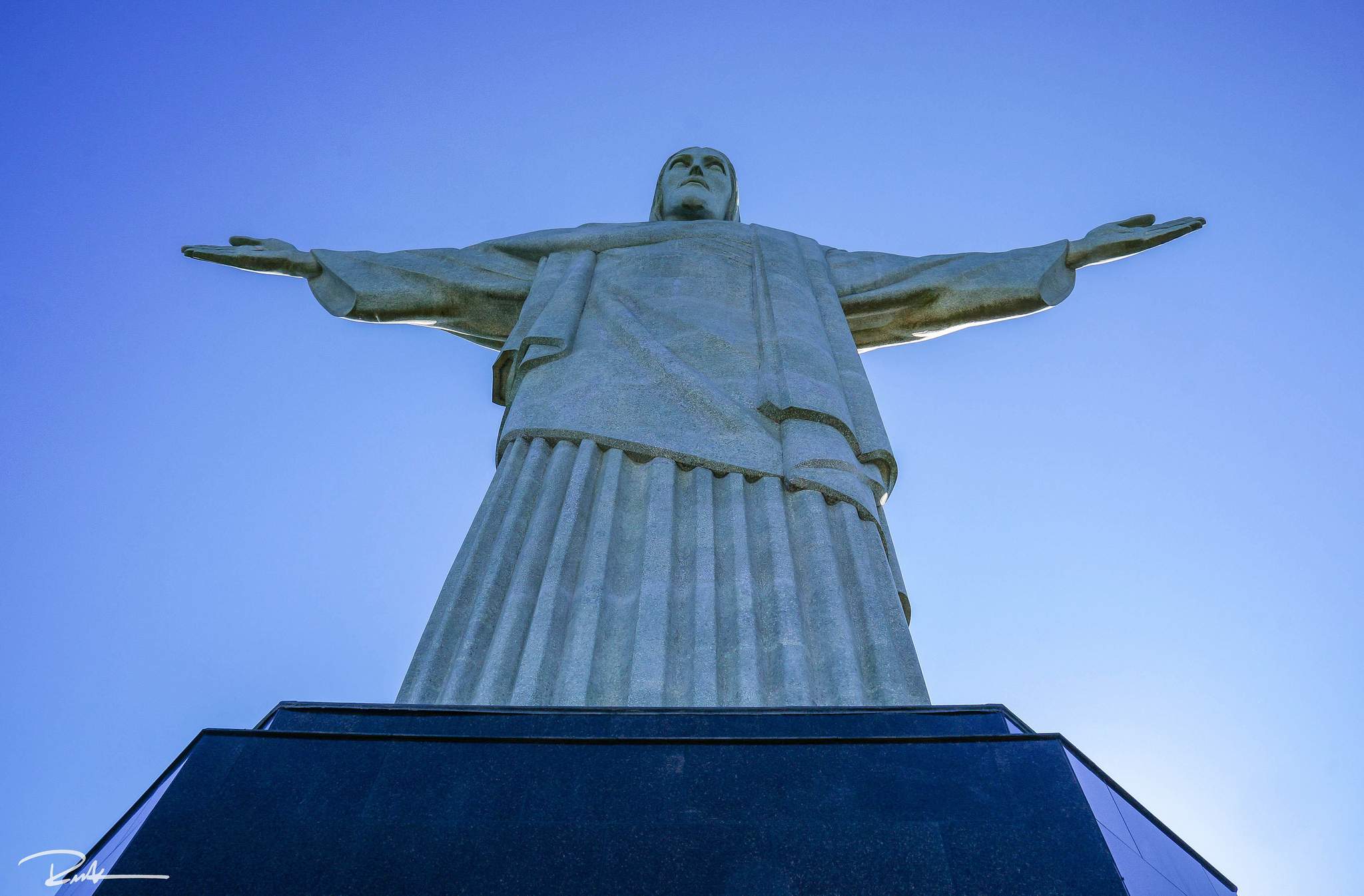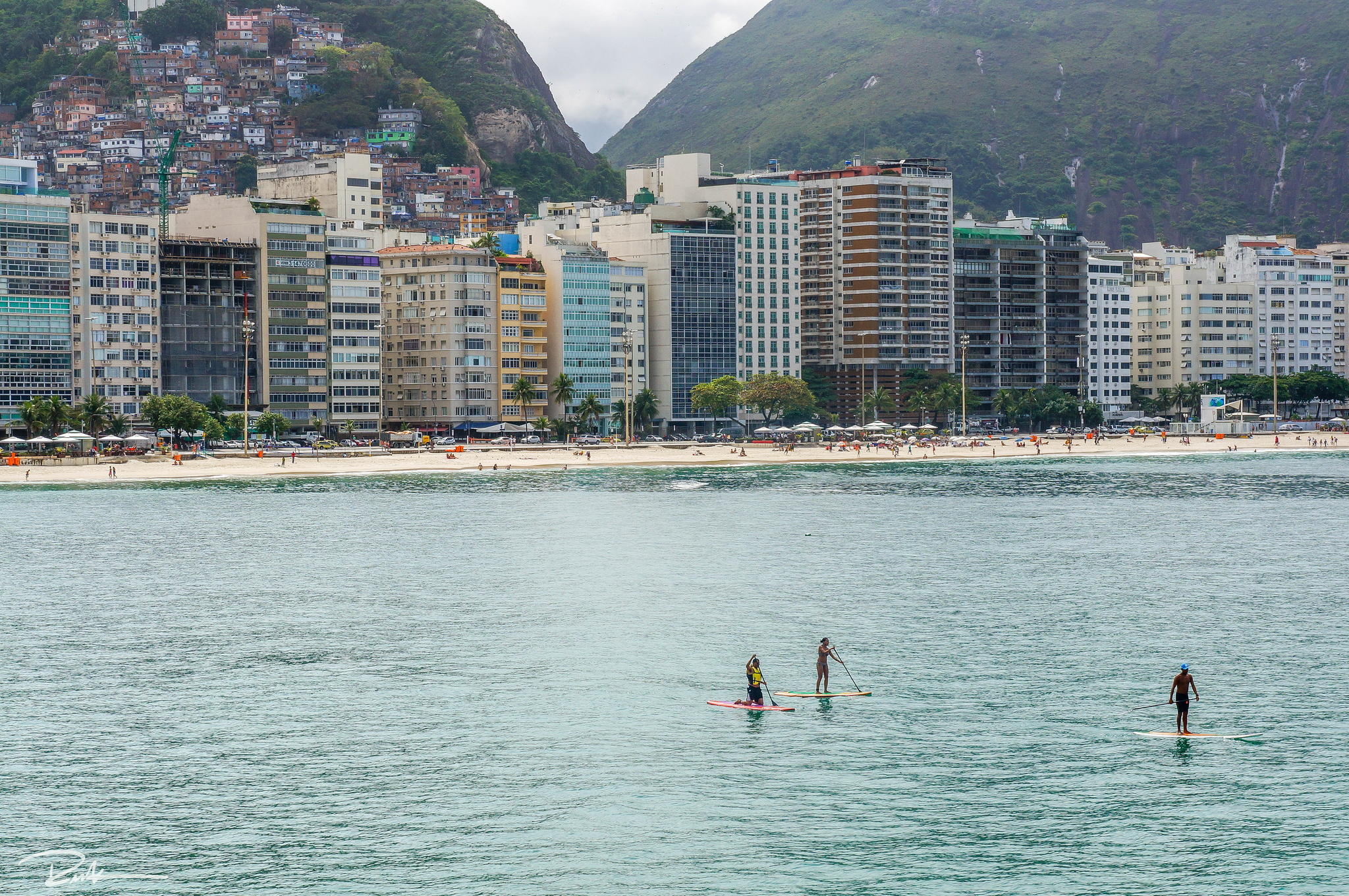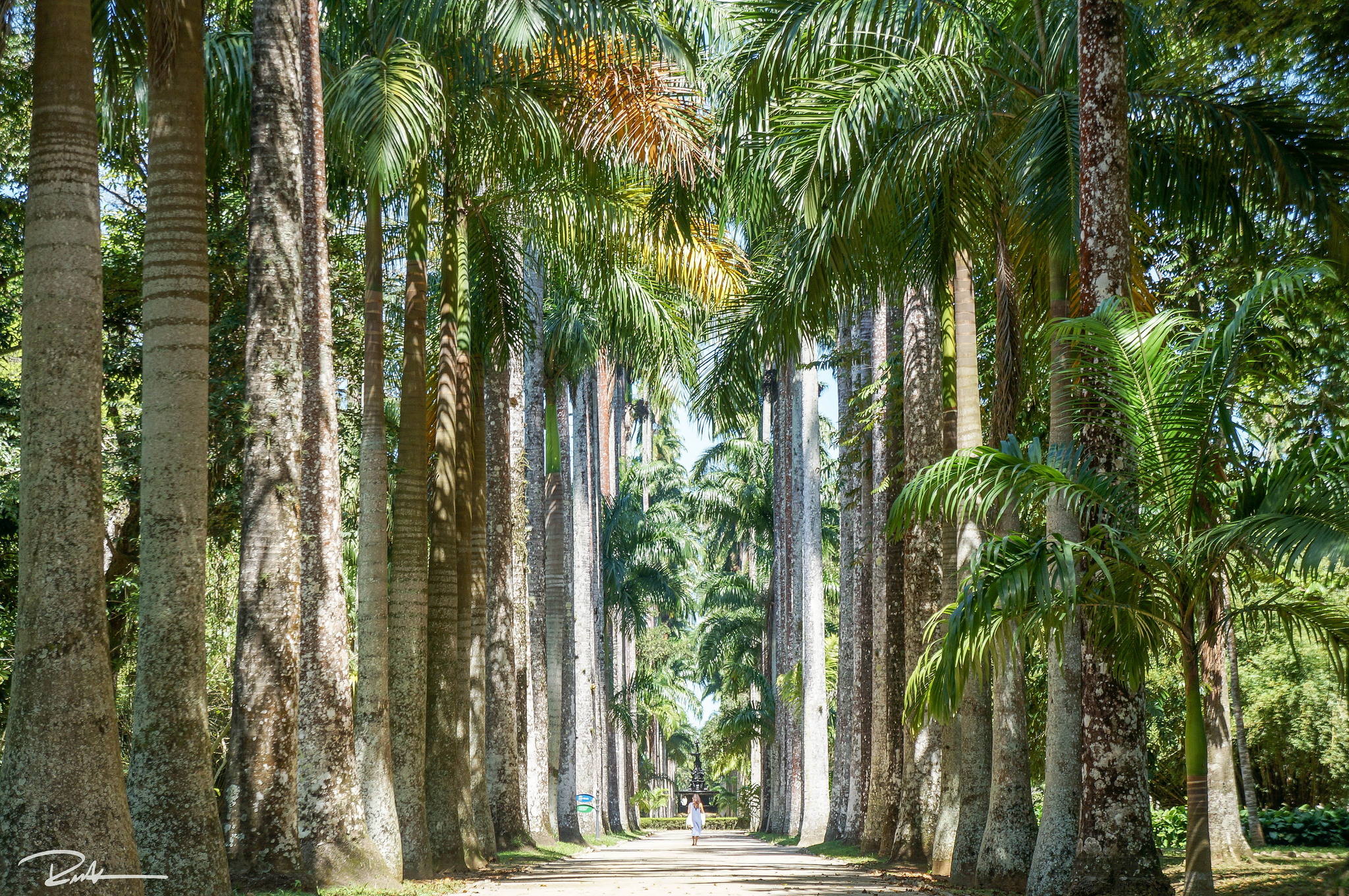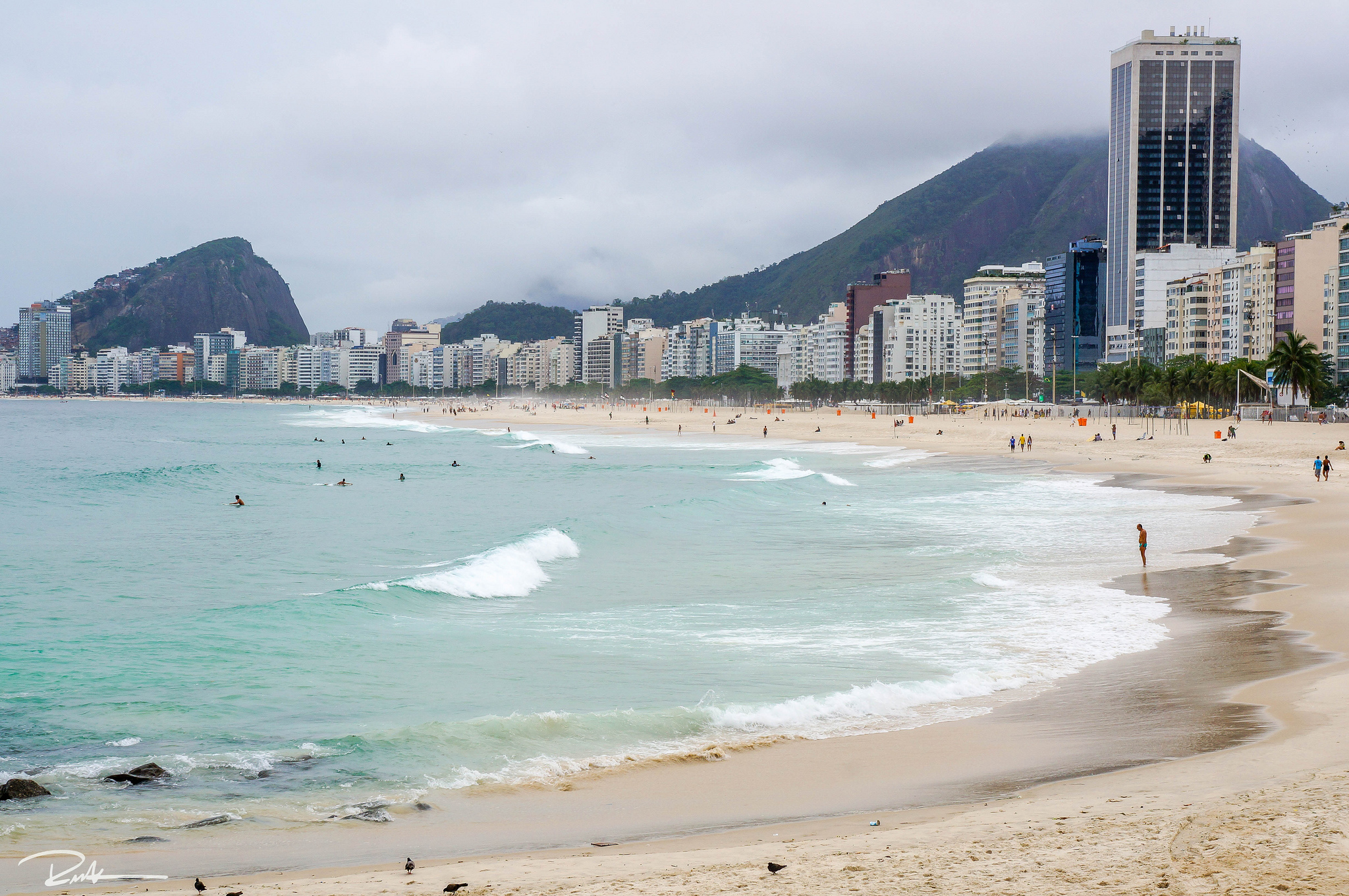Boyne Valley: A Day Trip From Dublin
/The richness of the soil bordering the Boyne River was ideal for Neolithic farmers that first arrived in Ireland around 4000 BC. Located 30 miles northeast of Dublin, Boyne Valley has an incredible concentration of prehistoric, religious and mystical monuments.
Throughout the region, these sites and monuments are the scattered remnants of different groups that have inhabited the area. Celtics, Christians, Vikings and Protestants have all left their mark and driving along this lush green landscape was a small price to pay to discover them.
A Day Tour from Dublin
We opted to hire Michael Fox from Boyne Valley Tours, a private tour guide who was born and raised in the area and who helped us decipher and understand the complex history of the region.
Tip: If you are a do-it-yourself sort of person, you can easily explore this region with a rental car.
Going Inside the Narrow Passage Tombs
Our first stop was at the massive Newgrange, one of the principal passage tombs of a vast complex called Brú na Bóinne. It consists of a burial chamber, reachable by a narrow passageway, located inside a large grassy mound amongst farmland.
The complex is dominated by three passage tombs (Newgrange, Knowth and Dowth), but there are actually over 30 other smaller mounds scattered throughout the region. Besides being burial sites, the tombs are also considered to be status symbols, to honor the dead and a place of spiritual and astrological significance.
The most popular of the tombs, Newgrange was constructed around 3200 BC - 500 years before the Pyramids - by Neolithic farmers.
In order to visit the site, we were grouped with other visitors and then taken by bus to its location further into the countryside. Once there, we followed a designated guide who took us through a narrow stone passage that led into Newgrange’s burial chamber.
The highlight of the tour was listening to our passionate guide explain the precision in which a beam of sunlight reaches the main chamber during winter solstice.
While in the tomb, you are practically standing next to stones that have been untouched and looking at the carvings made by people who put them there 5000 years ago.
Exploring the Remnant of Churches
Even though only a few remain, the still ruins of Old Mellifont Abbey are found scattered along green grass fields. By looking at them more carefully, we could faintly grasp how a former Cistercian Monastery actually looked like when it stood there in the 12th century.
We did not see any sheep, but we could definitely smell them once we left our car to visit Monasterboice. This small, yet picturesque complex located amid sheepherding grounds, is one of Ireland’s earliest and best known religious sites.
It is recognized for housing some of the greatest examples of Celtic High Cross in the country.
Soaking Up the Views and Touring Trim Castle
The Hills of Tara were once a site of political and spiritual significance and considered to be a place of inauguration for the country’s High Kings during the Iron Ages.
It is comprised of multiple circular areas circumvented by ditches and although very few monuments remain from its ancient past, we could still see the mounds from a passage tomb dating back to 3000 BC.
After soaking up the area's widespread views, we headed to Trim Castle, located in the appropriately named Trim. The castle today is still imposing, but it is mostly the hollow ruins of an extremely secured fortress redeveloped time and again by its resident Hugh de Lacy, the lord of Meath.
Trim Castle is one of many sites within Boyne Valley that is led by a designated guide. Ours, truly brought the place back to life - he inspired us to imagine how lavish the castle must have looked like during its heydays in the 12th century.
KEEP IN MIND
The Wrap-Up: We got back in Dublin late afternoon rather exhausted, but with a pronounced sense of accomplishment. Boyne Valley should be on your must-see list if you are looking to experience the history of Ireland to its present day. A visit to the region can easily be done as a day trip from Dublin.
For Self- Drivers: Check this detailed driving map and suggested itineraries created by Ireland’s Tourism Authority for those how want to venture solo and also the Heritage Card which provides free access to all state managed OPW Heritage sites around the country.
- Want to see the full trip and plan your next? Check out our Ireland Two Week Itinerary!























